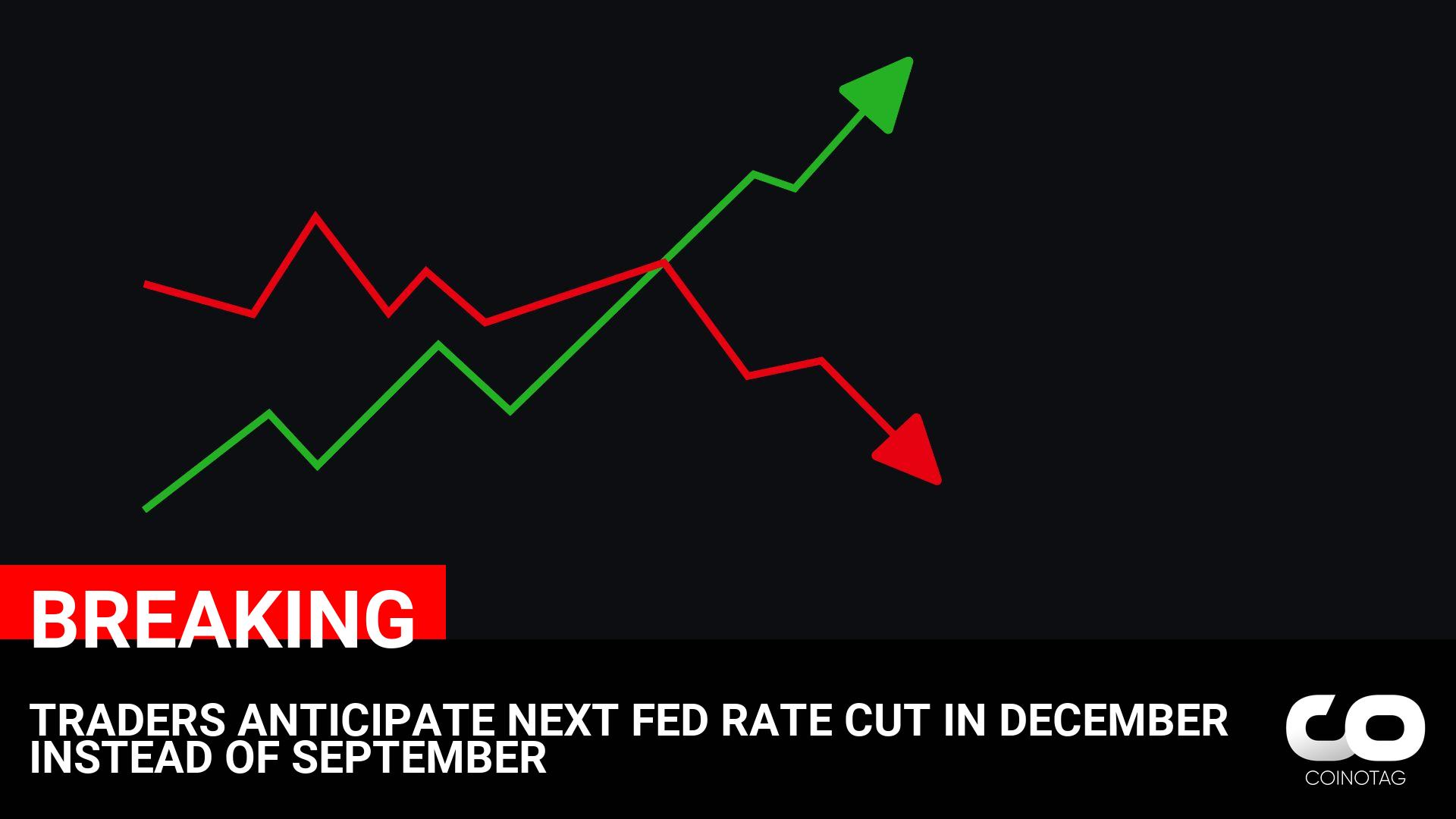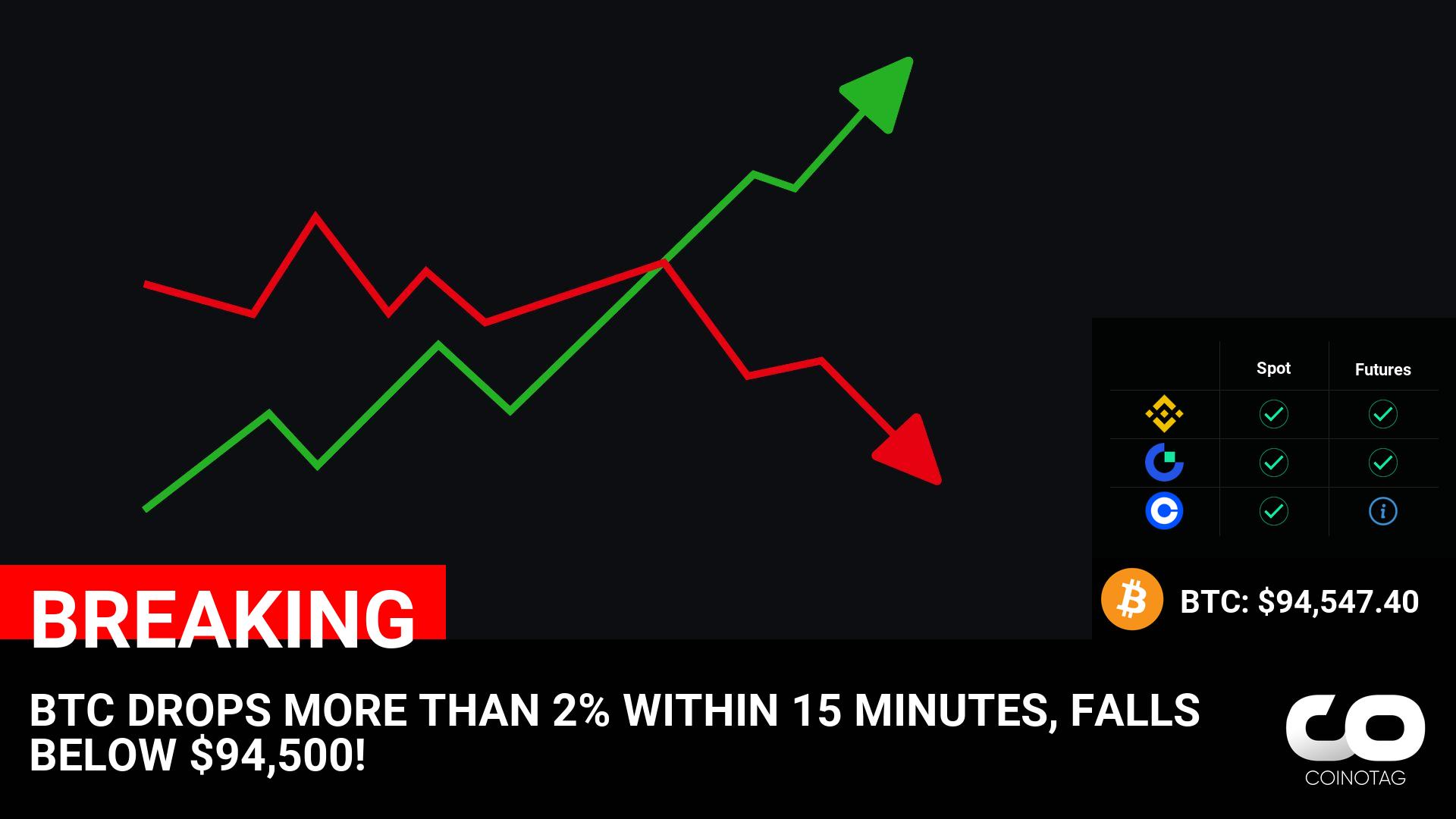A significant number of central banks are reconsidering their timelines for launching CBDC, with nearly one-third postponing their plans due to shifting economic conditions and regulatory challenges. A survey published on Feb. 11 by the Official Monetary and Financial Institutions Forum (OMFIF) and security firm Giesecke+Devrient Currency Technology revealed that while some central banks are pressing forward, 31% have decided to delay implementation.
Regulatory and governance issues emerged as primary roadblocks, with central banks citing difficulties in establishing legal frameworks. According to the report, these legislative hurdles are often influenced by political considerations rather than a lack of technical capability or policy direction from central banks.
Economic Factors
Economic factors have also played a significant role. One surveyed central bank attributed its delay to rising inflation and national debt concerns, forcing a shift in priorities. Others reported scaling back CBDC research to focus on broader payment infrastructure needs.
The United States has added another layer of complexity to the global CBDC landscape. On Jan. 23, President Donald Trump signed an executive order banning the issuance and use of a CBDC in the U.S. While the move was largely welcomed by the crypto community, some industry leaders fear it could discourage other nations from advancing their digital currency initiatives.
Privacy and Public Trust Remain Key Challenges
While technical hurdles like offline functionality and system interoperability were once considered major barriers, most central banks no longer view them as significant obstacles. However, privacy concerns continue to stir debate.
One respondent cited privacy risks as a reason for delaying its CBDC plans, emphasizing the growing unease over governments collecting and analyzing vast amounts of financial data. The report described privacy as an “increasingly contentious issue,” particularly as digital surveillance concerns intensify globally.
Despite these challenges, the broader trajectory of CBDC adoption remains uncertain. The survey found that the percentage of central banks expressing greater interest in issuing a CBDC has dropped to 18%, a sharp decline from 38% in 2022. Meanwhile, the share of central banks less inclined to pursue CBDCs has risen by 15%, compared to none in 2022.
Even with growing skepticism, most central banks still anticipate launching a CBDC at some point. The Human Rights Foundation, which introduced a CBDC tracker in late 2023, acknowledges the potential benefits of digital currencies, particularly in enhancing financial inclusion and improving payment efficiency.
However, concerns about government overreach, corruption risks, and financial surveillance remain major deterrents.
The post CBDC Momentum Stalls as Central Banks Rethink Priorities appeared first on TheCoinrise.com.
TheCoinrise.com – Read More










